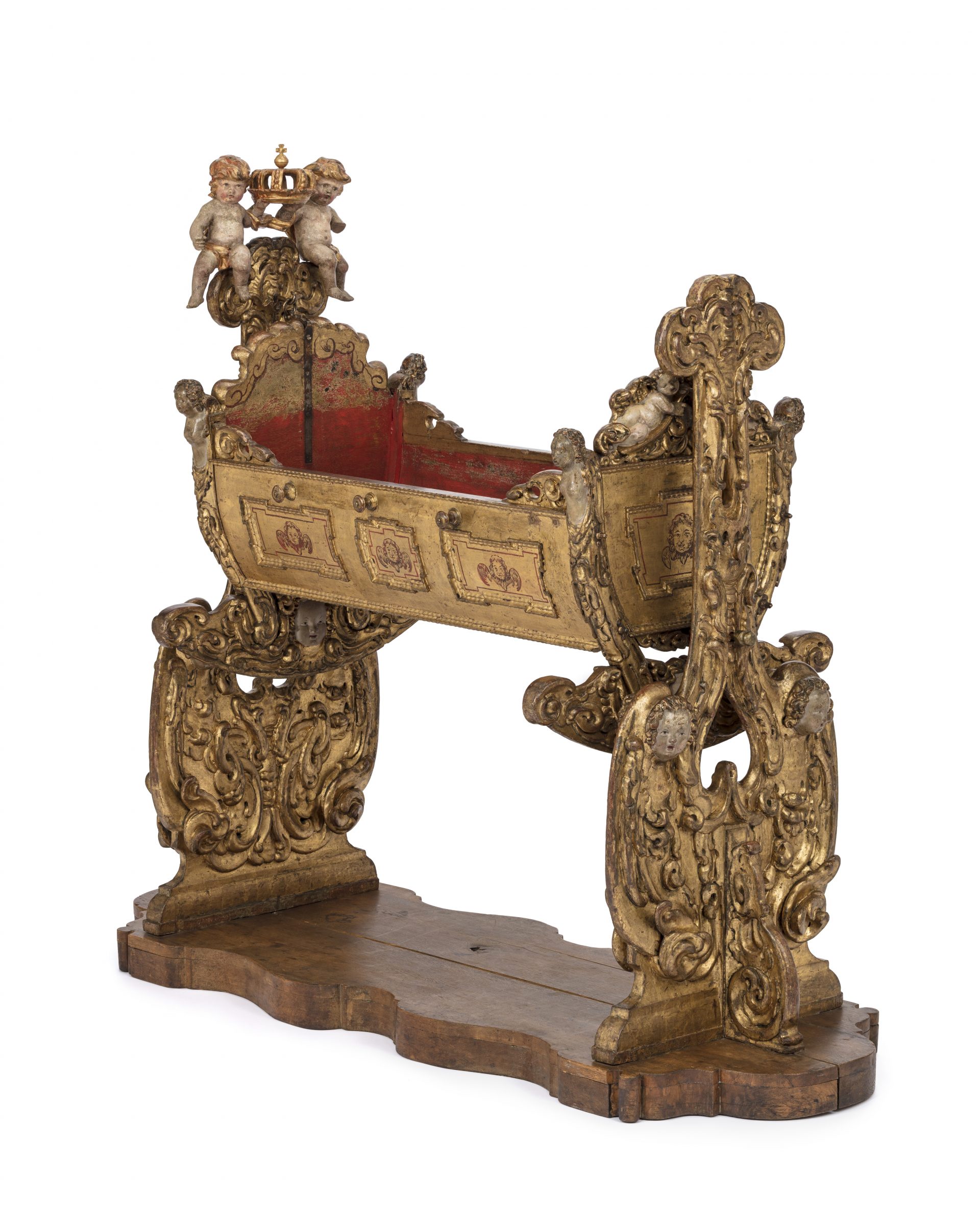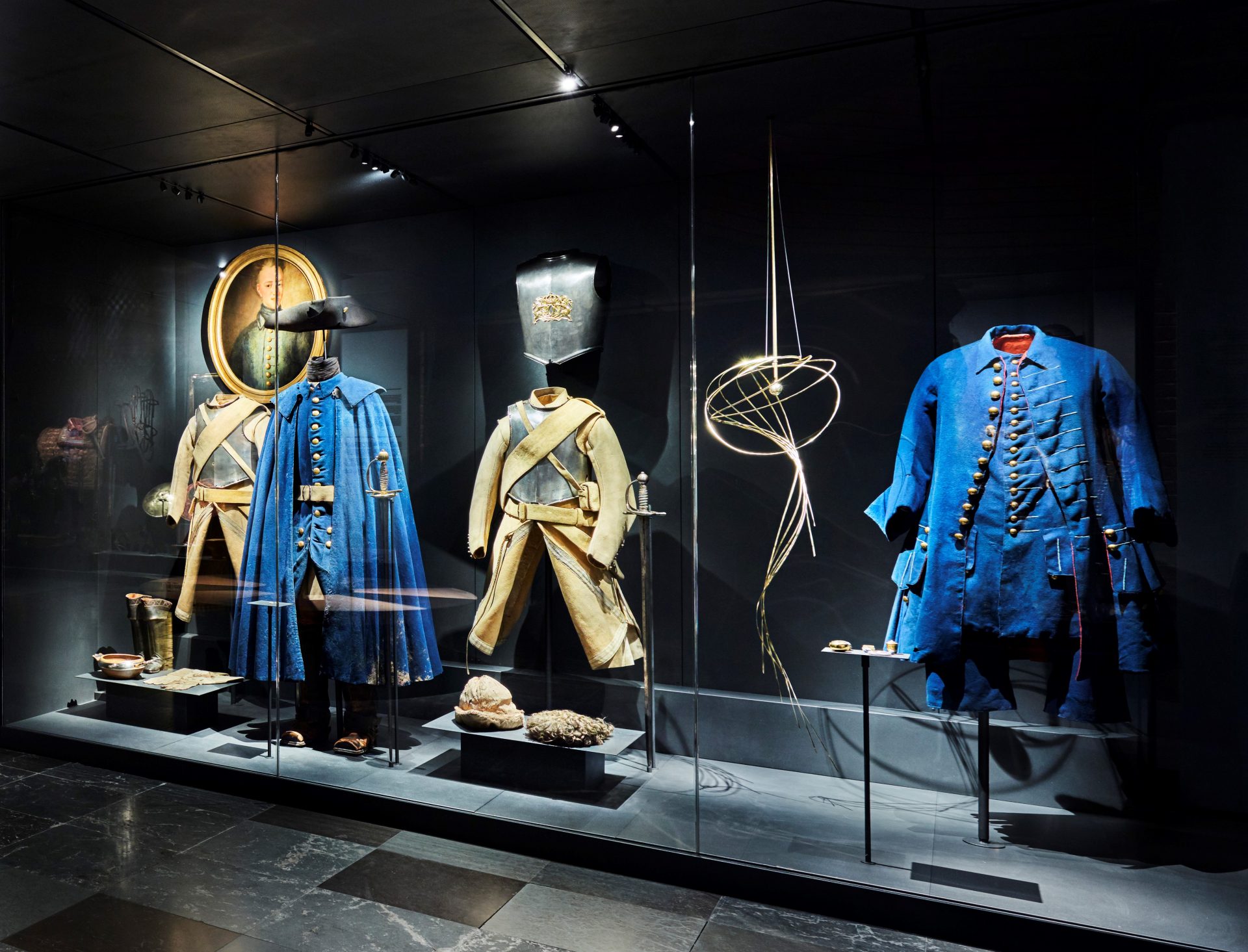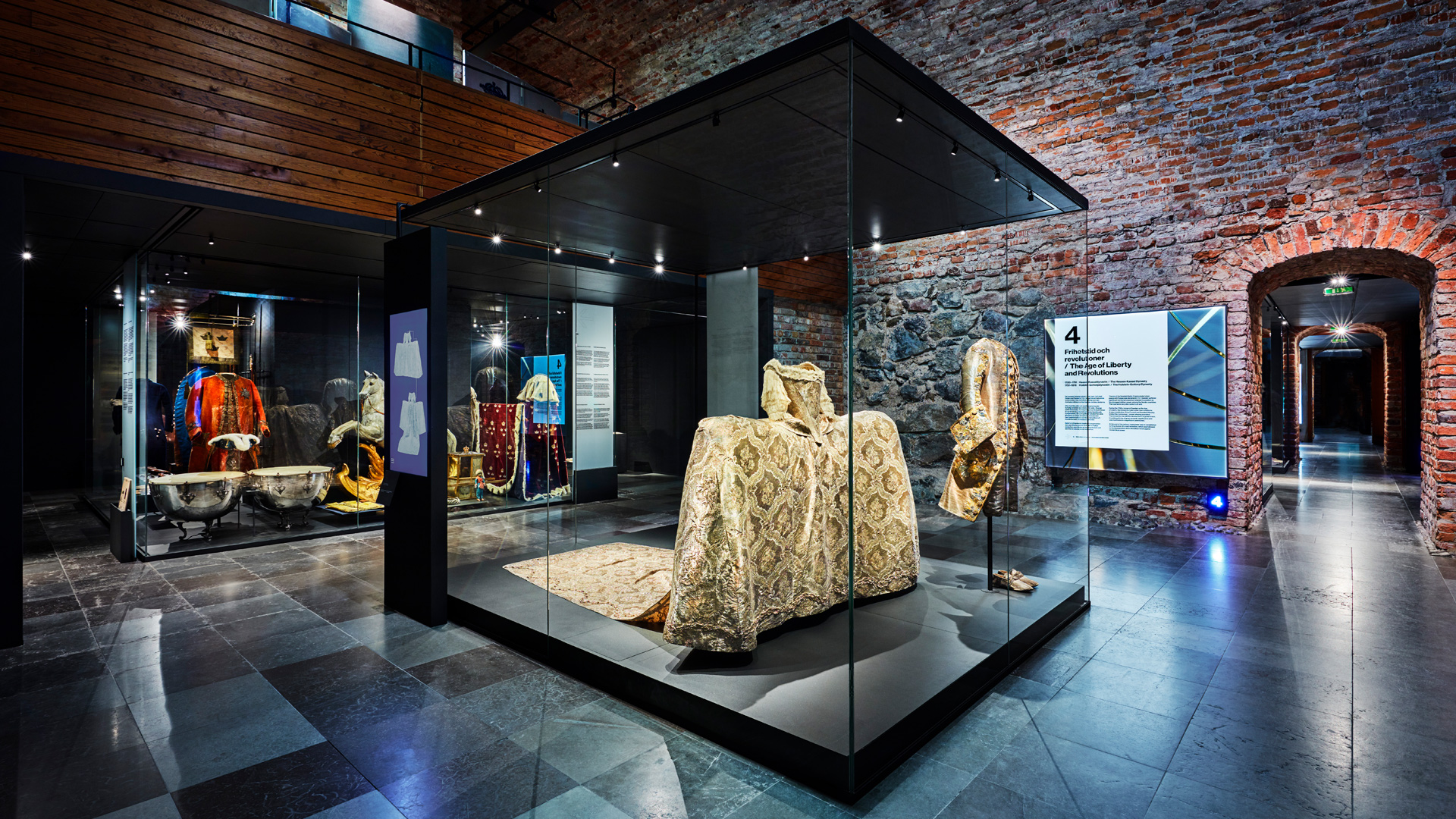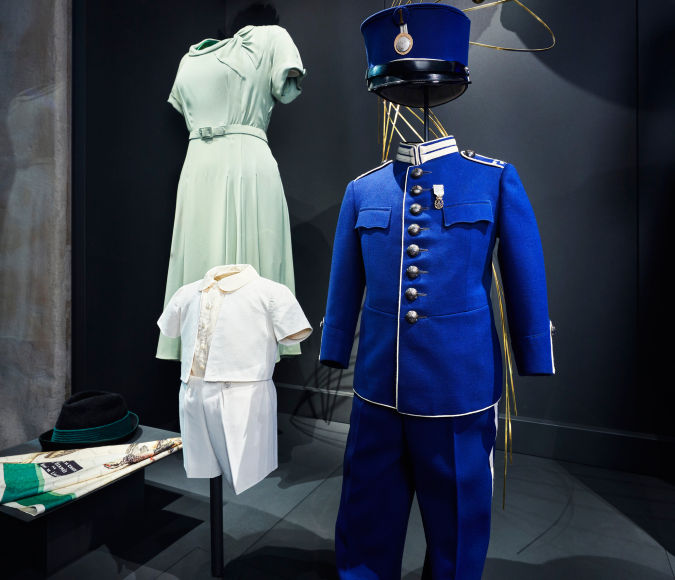Monarchy in the Time of Democracy
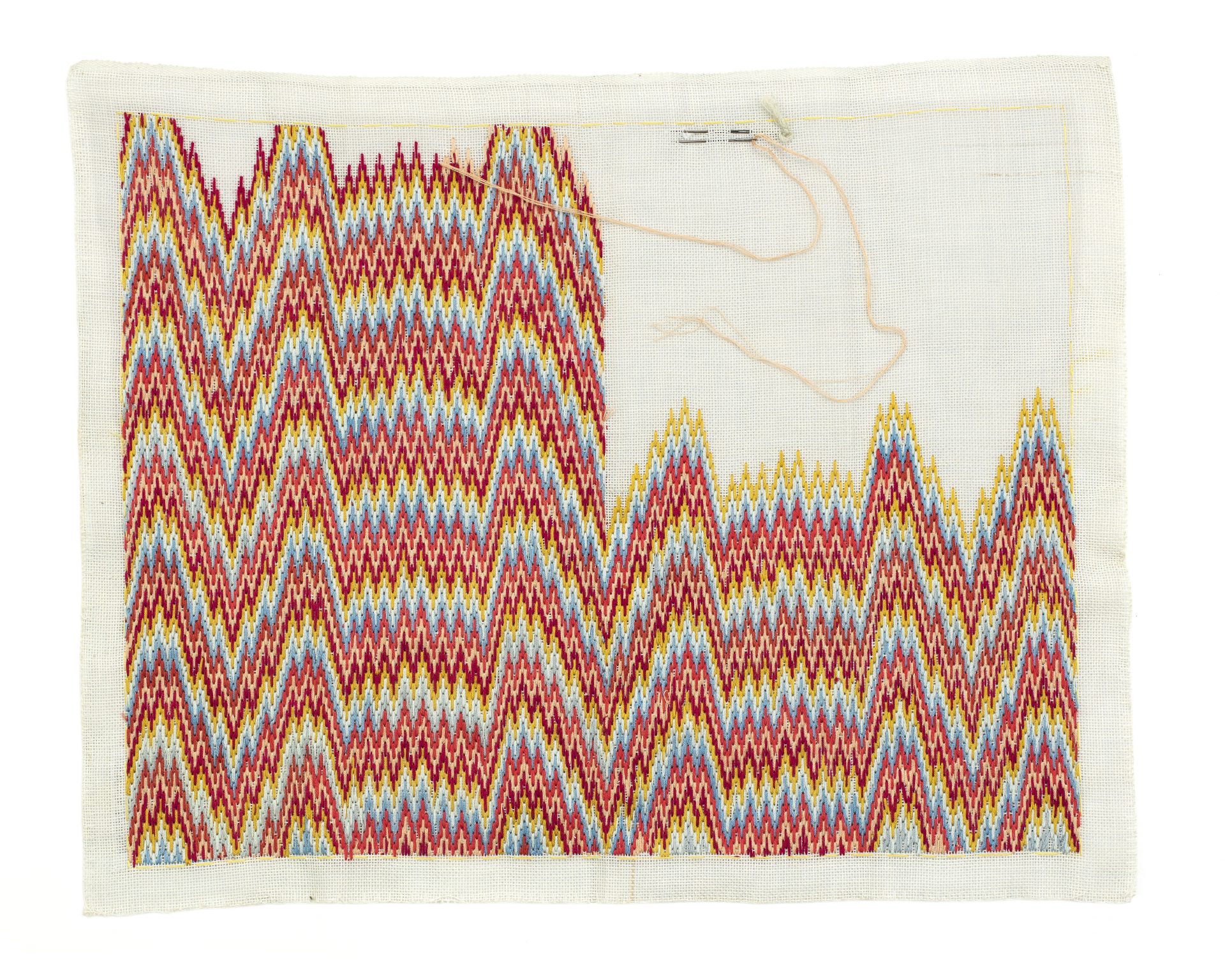
A King without power
The monarchy adapted to the change. Gustaf V had already decided at the beginning of the 20th century that he would not be crowned when he became King. This meant that he did not assert his power from God in a religious ceremony. When his son, Gustaf VI Adolf, took over almost 50 years later, he opened the door to even greater changes in the form of government.
Gustaf VI Adolf and Queen Louise together presented a more private picture of the royal family. They appeared more like ordinary people, who, by virtue of their position, performed certain tasks. In the 1960s, Queen Louise held tea parties at the Royal Palace for various professional women. The press dubbed this new form of reception “the Queen’s democratic tea parties”. After Louise’s death, Princess Sibylla continued to hold special tea parties until the early 1970s.
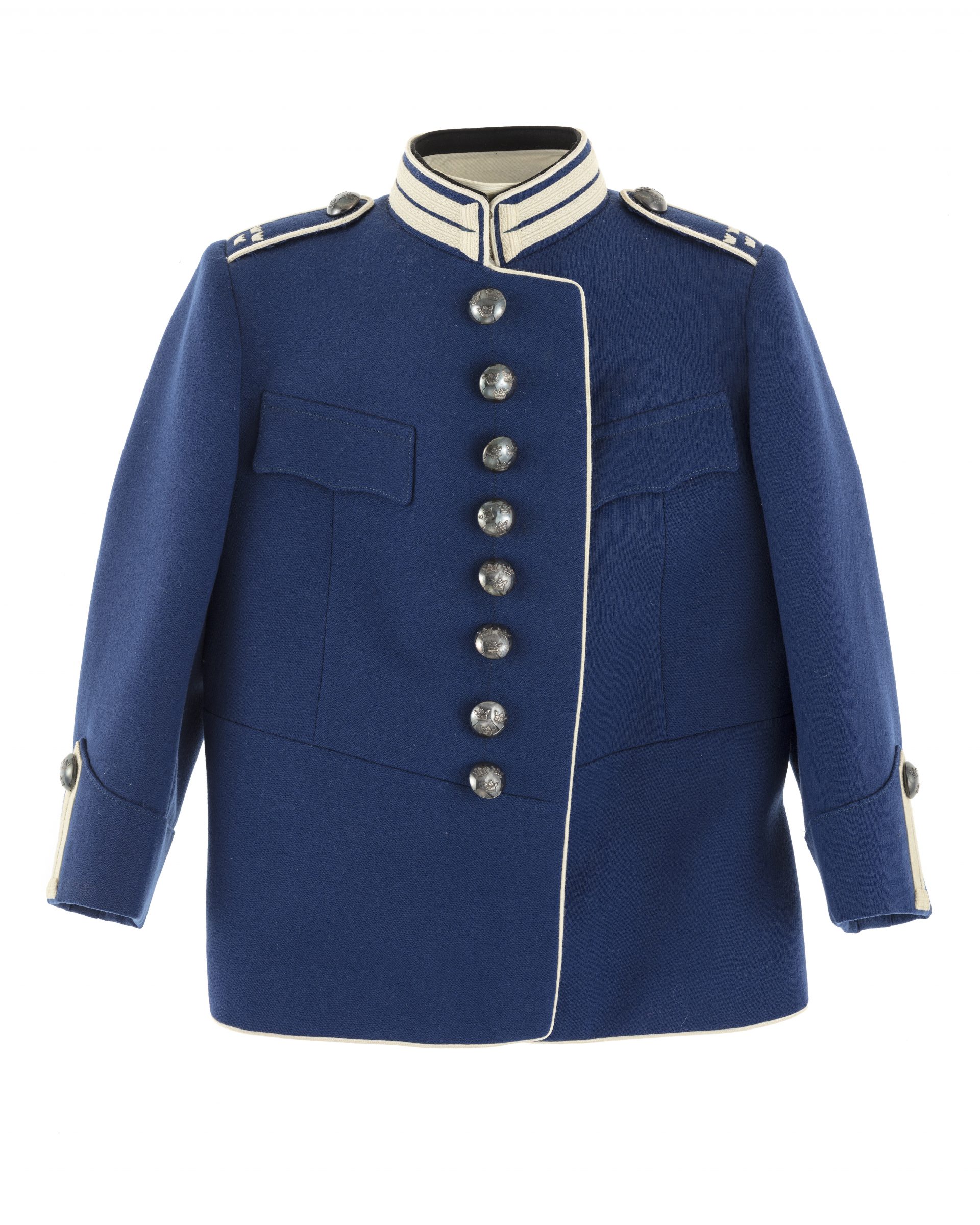
A fatherless Prince
A few years after the Second World War, the line of succession to the throne appeared secure. The reigning King Gustaf V was elderly, but he was followed by three more generations of male heirs: Crown Prince Gustaf (VI) Adolf, his son, Prince Gustaf Adolf, and his grandson Carl (XVI) Gustaf.
In 1947, Crown Prince Gustaf Adolf was killed in an accident at Copenhagen Airport which took more than 20 lives. His left behind his wife Sibylla and five children, the youngest of which, Carl (XVI) Gustaf, had not reached the age of one. One successor was dead, and his son was a very little boy who would one day be King.
When Gustaf VI Adolf died on 15 September 1973, Crown Prince Carl Gustaf became King of Sweden at the age of 27. At the council, he declared that his name would be Carl XVI Gustaf and that his title would be King of Sweden. He adopted “For Sweden – With the times” as his motto. Like his two immediate predecessors on the throne, he refrained from being crowned.
Female succession
Since the 16th century, Sweden has had only two reigning queens: Kristina and Ulrika Eleonora the Younger. Both became rulers because there were no male heirs. Neither of them remained on the throne for the rest of their life. Kristina abdicated in 1654 and handed over to her cousin. Ulrika Eleonora stepped down from the throne in 1720 in favour of her husband.
In the 1970s, the issue of equal succession began to be discussed. The first decision was taken in the Swedish parliament in 1978, and in 1980 the succession was formally introduced for both men and women. This meant that King Carl XVI Gustaf’s eldest child Victoria became heir to the throne at the age of three. This means that her daughter, Princess Estelle, is the first girl in Swedish history who was born as heir to the throne, with no strings attached.
